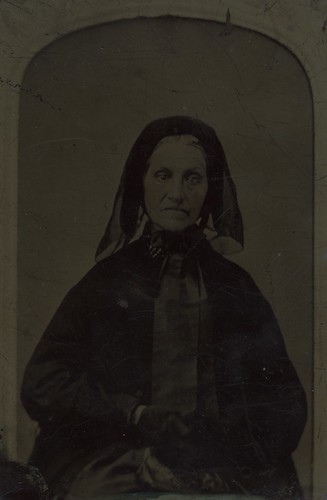

A bit of tweaking reveals a personality hidden for more than a century (I'd guess 130-140 years), but readily interpreted as a widow whose sorrows are clearly manifest:
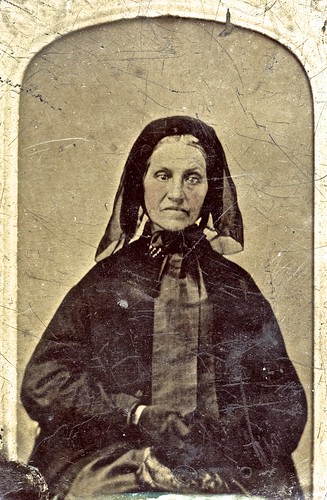
Many tintypes show evidence of post-processing to try to breathe life into the sitters' images by coloring the eyes, applying rouge to the cheeks, and sometimes colorizing more broadly. Some are fairly successful, but others are comic catastrophes:

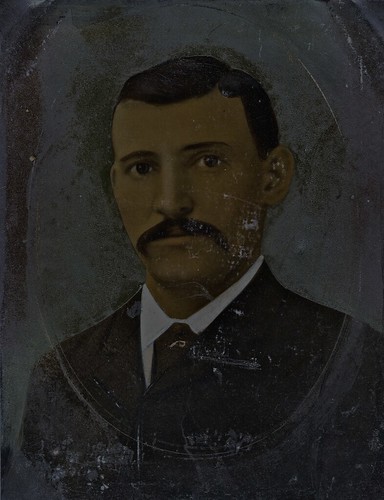

Albumen and silver nitrate prints from negative film are evidence of shorter exposure times and less stiff and constrained poses, but the formality of the occasion of the studio portrait enforces a sculptural stance in many photographs in the decades on either side of 1900. It is only with the Kodak-inspired candid photography of non-professional snapshots that smiles and ventures into clowning for the camera become common --just as recording passing moments begins to be a predominant use of photography, and cameras become a ubiquitous appliance of family life.
It was fairly common in the 1880s and 1890s for people to accumulate albums of studio portraits of friends and family. In the dozen or so I have collected there are few annotations, beyond the occasional family code ("Uncle Naum" and "Aunt Pora"), but cabinet card and carte de visite photographs sometimes have the name and location of the photographer's studio where they were taken. This evidence sketches the migration field of the subjects.
By the 1920s there were many enthusiastic amateur photographers, some of whom took up the task of documenting family life. Some of these were remarkably talented artists of composition and layout, and some captured images of daily life that equal the work of famous documentary photographers. This work can be seen as naive, in that the photographers (many of them women) were not self-consciously attempting to produce art or copy the styles of professional camera workers; instead, they captured the everyday picnics and family gatyherings and small domestic adventures. In a few cases the compositions are gallery-worthy, but were probably never seen by more than a handful of friends and family.
The snapshot era freed people to capture unguarded moments, but also opened the door to record people acting in uncharacteristic ways, clowning for the camera or posing with studied nonchalance.
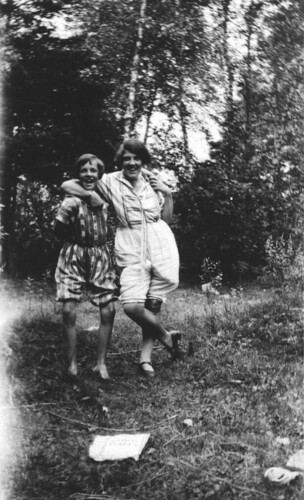
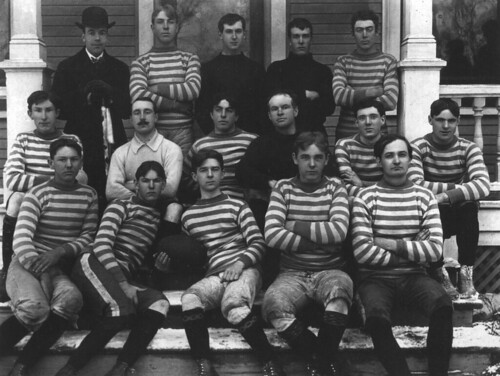
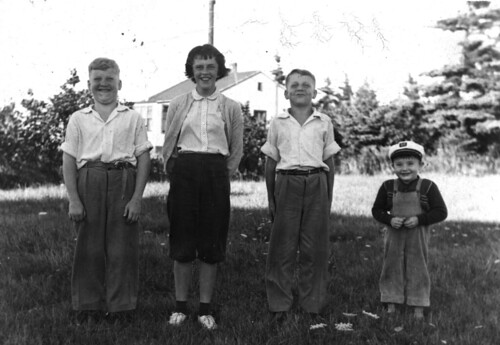
The snapshot camera was often put to work to capture fleeting family events like the presence of four generations or visits by old friends.
[[I'd like to include more detail on the various processes and requirements]]